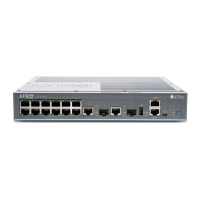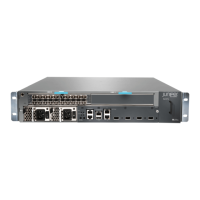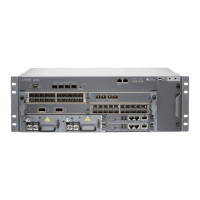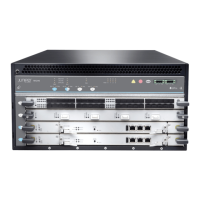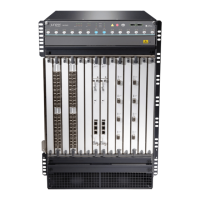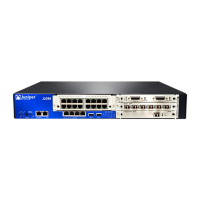ge-0/0/5 {
unit 0 {
family ethernet-switching {
interface-mode access;
vlan {
members remote-analyzer;
}
}
}
}
}
Verification
To confirm that the configuration is working properly, perform these tasks:
•
Verifying That the Port-Mirroring Instance Has Been Correctly Created on page 89
Verifying That the Port-Mirroring Instance Has Been Correctly Created
Purpose Verify that the port-mirror instance employee-web-monitor has been created on the
switch with the appropriate output VLAN.
Action You can verify that the port-mirror is configured as expected by using the show
forwarding-options port-mirror command. To view previously created analyzers that are
disabled, go to the J-Web interface.
To verify that the port-mirror is configured as expected while monitoring employee traffic
on the source switch, run the show forwarding-options port-miror command on the source
switch. The following output is displayed for this configuration example:
user@switch> show forwarding-options port-mirror
Instance Name: employee-web-monitor
Instance Id: 3
Input parameters:
Rate : 1
Run-length : 0
Maximum-packet-length : 0
Output parameters:
Family State Destination Next-hop
ethernet-switching up default-switch/remote-analyzer
Meaning This output shows that the employee-web-monitor instance has a ratio of 1 (mirroring
every packet, which is the default), the maximum size of the original packet that was
mirrored (0 indicates the entire packet), the state of the configuration is up (which
indicates the proper state and that the analyzer is programmed, is mirroring the traffic
entering ge-0/0/0 and ge-0/0/1, and is sending the mirrored traffic to the VLAN called
remote-analyzer).
Related
Documentation
• Layer 2 Port Mirroring to Remote Destination by Using Destination as VLAN on page 81
89Copyright © 2016, Juniper Networks, Inc.
Chapter 9: Port Mirroring for Remote Destinations
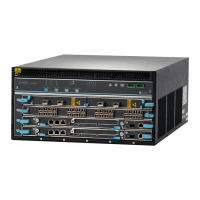
